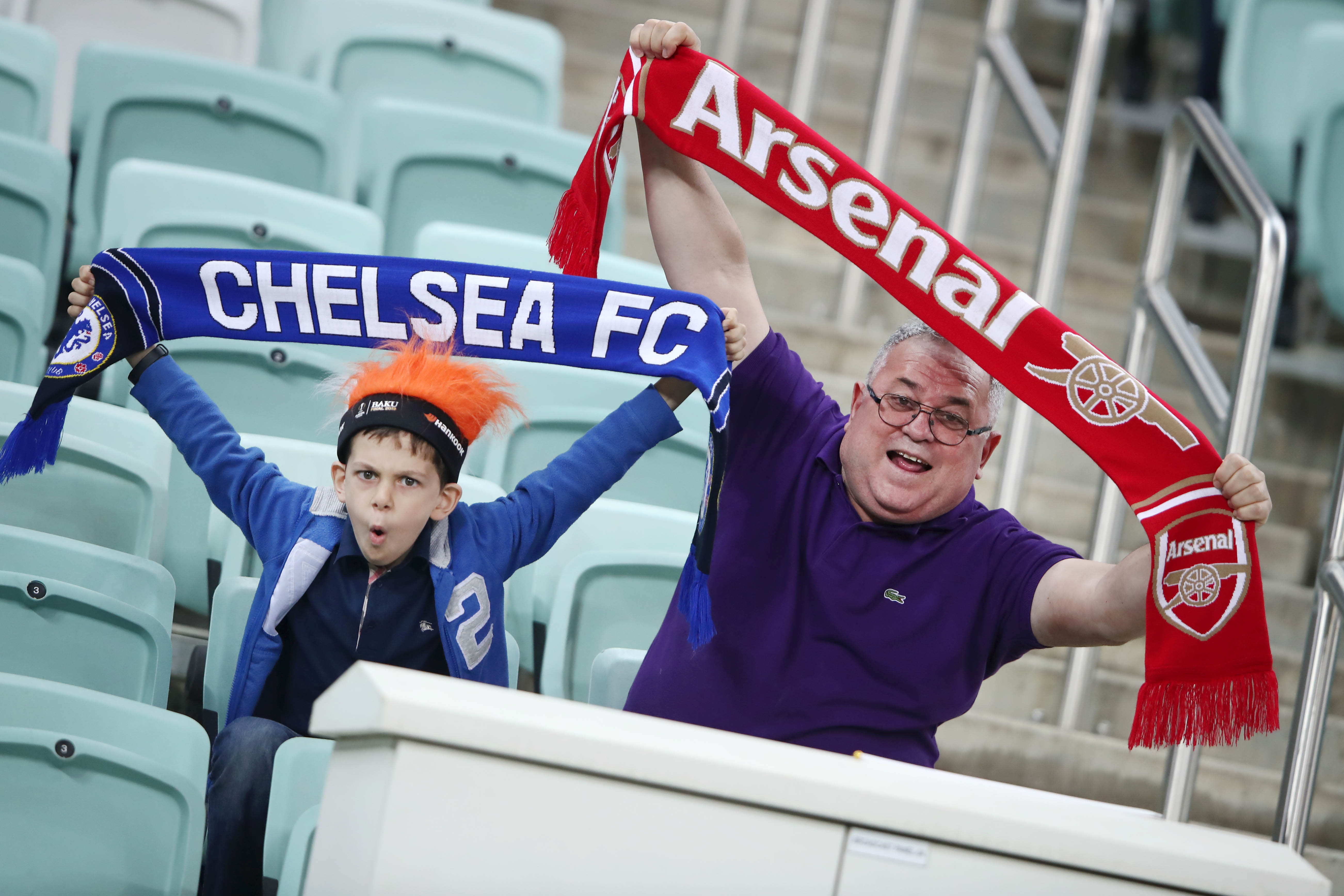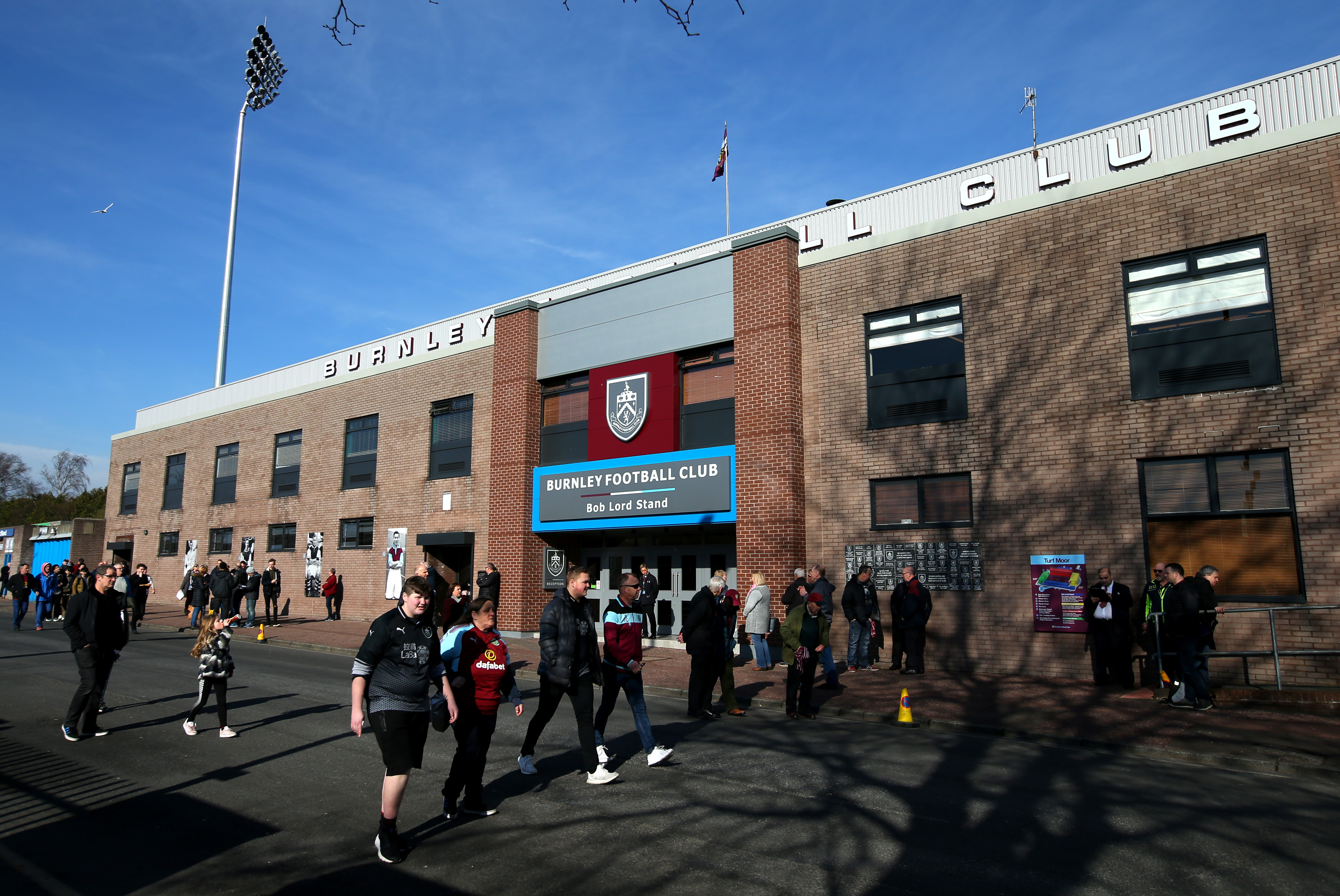The seniors showed how to do it! And now the juniors showed that even they can do it. Next what? Even the Spanish U5 might win their respective football tournament in the very same way. It’s that time to say that Brazil is no more the most feared football country in the world. It’s time for Spain to take the throne. The victory of Spain U-21 in the European championships recently has further substantiated the claim of the kings of world football. But how has Spain managed this unprecedented success, this unbelievable consistency that every country wants to emulate the Spanish success model?
The Process of Winning
Rome was not built in a day nor was Spain’s WC triumph or its major episodes of glory. It had been planned meticulously and every single detail was given great attention. Spain is a hub of youth academies where every club has a superb academy structure. Spain is not a cash rich country like England where major clubs would spend cash to obtain star players. Most of the clubs operate with mostly Spanish players and less foreign players and this helps the clubs and the national team greatly. There are clubs like Athletic Bilbao who have been solely dependent on their academy players to keep up themselves competitive enough with the big players. The process of creating a unified youth set up for all the clubs started in 1995-96. The clubs in association with the RFEF (REAL FEDERACIÓN ESPAÑOLA DE FÚTBOL) decided that they would strive with a common aim of developing players from their own country rather than rely on foreigners. And thus, they started the training program for new coaches and churning out players who were technically sound.
The La liga president Jose Luis Astiazaran in an interview with the Telegraph mentioned how the Liga clubs went about their way to help the cause of the national team and help themselves financially as well as competitively.
“We started around 10 years ago to make a big effort investing in training camps. The fidelity strategy works in two ways. It provides coaching and the opportunity to play for clubs. The other aspect is to have teachers who help the young players prepare for life outside of football. This is important for the parents.
The most important thing is to be patient. If you are making good progress with home players, the supporters will understand if it is not a good year because next year they will have, say, three home-grown players. In six years, it might be 11 home-grown players. This is the future because they share your philosophy.”
Firstly, Spain started with a vision, a vision to create a distinct identity for them in the football world and decided to start at the grass root level. They observed that their players were not physically imposing as such and hence devised their plans and structure to suit the personality of their players. They called upon the clubs which were responsible for scouting talent and communicated to them all their plans to ensure that the national federation and the clubs were united in producing a WC winning side.

The System at Grass-Root Level
For example, Real Madrid has a youth system consisting of 13 levels to reach the senior side. And the beauty is that all these youth teams function in the same way as the senior club side and also play in the same kind of leagues designed for their specific ages. So, as the players move up the order they begin to gain the necessary exposure playing in competitive leagues rather than some meaningless reserve games that hold no importance. Players performing well in these youth leagues are then picked up by the regional football federations for representation.
RFEF has 19 regional football federations and all these federations work in sync with the national and the club federations. All the players’ information is passed from the club level to the regional level and then to the national level in a detailed manner. If any player manages to impress at club level, he is called to play for his regional federation and if he further impresses, he then progresses to play at the national level. Spain churns out 100’s of footballers every year and we can imagine the kind of effort, the filtering and the competition these kids face to make it to the national youth side.
The RFEF has divided its youth set up into two groups- Formation group and performing group. The U15, U16, U17 and U18 teams come under the formation group and U19, U20 and U21 come under the Performing groups. Each age group has a dedicated coach and an assistant and if the dedicated coach decides to move on, the assistant takes up his job with the coach in the next age group appointed as his assistant. This ensures the continuity of progress. And when the player has achieved success at U21 level, he is then graduated to the National A squad, which is the stepping stone to a place in the Spanish National team.
Communication between Coaches of all Levels
The most important tool in this Spanish youth set up is the communication between different coaches. All youth coaches interact regularly with the club youth coaches finding new talent and then making sure that their talents are utilized to the optimum. Also, the biggest advantage is that these coaches follow the same pattern and coach in the same way laying emphasis on ball retention, ball control, use of ball in tight spaces, setting the pace of the game and the steps to take when they lose possession of the ball. Team values, discipline and compromise for the greater good of the team are highly valued and every player is made sure that he follows the same path. And this is quite evident in the senior team today.
The players are also taught to improvise and are pushed to think when they play. Remember the Thiago – Canales FK that drew a record number of views on Youtube and also the Thiago Alcantara free kick in the recent U21 finals?! The players are taught to make sure of the position of their team mates and their opposition on the pitch and then make their moves and utilize the spaces on the field. The players are asked not to depend on some luck but to create their own chance. It’s no exaggeration that all the Spanish teams from the youth level to the national team play the same brand of football so that if they needed to replace anyone in the senior squad, the federation would always have multiple options because they all play in the same way and their coaches have been coaching the same way. For example, a Cesc Fabregas can play in the role of Iniesta or Xavi and a Fernando Torres can replace David Villa to win the Euro and a Silva can replace Pedro to provide that extra creativity.
The philosophy has paid dividends as nearly 80% of the players playing in the La Liga are eligible to play for the Spanish national team unlike only 40% in the English premier league. Since 1998 until their WC victory, Spanish youth teams from under-16 to under-21 level have won 19 UEFA and FIFA championships and have given players such as Fernando Torres, Andres Iniesta and Sergio Ramos who have now become the spine of the current senior squad. Their style of play has only developed with more playing time and now the results are for everyone to see. The progress has been spectacular.

Huge Number of “Educated” Coaches
This progress has been possible not only by focusing on developing more Spanish players and by making them more technically sound but also making sure that there are sufficient number of coaches to educate and instill the correct footballing philosophy. According to UEFA, Spain had almost 15,000 UEFA A and Pro Licence coaches in 2008 – more than double the number of any other European nation. And that is despite it taking 750 study hours to acquire a Pro Licence in Spain, compared with just 245 in England; Germany follows with 6500 and England with only 1000.
Since then, Spain have clinched the EURO and the FIFA WC and you can only imagine the number to grow. These coaches are trained to make sure that all the players play the same way and hold a common football philosophy so that when these players come together to play for the national team they can be on the same page and with the same ideas. A school level coach in Spain has the same qualification as the top division coach. The coaches undergo special training programs at national level where they reach a level so that they could be eligible to go to any country and coach any team.
For years now, every nation had a distinct style of play attached to it. The RFEF has made sure that their coaches promote exactly the same style of football – the highly technical, possession-based game. Brazilians were considered the magicians while the Italians were considered to the masters at the art of defense. Now all this effort and success has finally managed to give Spain a distinct identity in the world of football.
The Spanish federation technical director, the former Spain and Real Madrid legend, Fernando Hierro could not have put it in a better way:
“We have moved on from the time when nobody knew what the characteristics of Spanish football were. Before, we all knew about Italian football, English football, German, Argentine, and Brazilian. Now, it’s good to say that Spanish football is here.”
The technical review report by UEFA for EURO 2008 also hailed the importance of the structures put in place by the Spanish federation by noting,
“The important thing, however, is not a list of names and tournaments but rather what they have signified. During two decades of Angel María Villar’s presidency of the national association, Spain has had a stable coaching family – and, in consequence, a stable philosophy. Although Spain’s collection of gold medals is impressive, the emphasis has always been on development, experience and education rather than winning. The names have changed year by year, but the footballing style has remained unchanged. The ball is primordial; play is based on technique; attacking moves are rich in short-passing combinations. For years, Spanish youth football has carried the same, recognizable hallmark. And, after years of watering the roots; the plant has matured and blossomed. “

Luis Aragones deserves a special mention in this regard as he ensured that the Spanish team with such flair overcome their mental barriers and not bottle up in crucial situations as he worked on instilling a sense of calm at all times and this is evident in the Spanish play today. Even in the U21 Euro championship match against Belarus, Spain was a goal down in the 89th minute but not even once, Spain lost the plot or hurried for the goal but managed to finish with three goals.
And finally when Iker Casillas lifted the FIFA World Cup in 2010, it was a dream that had been waiting to happen. It did not happen just like that. It took a grand vision and fifteen years of meticulous planning, dedication and sacrifices to make that dream a reality. But the real challenge is to sustain that success and Spain looks all set to sustain it for years to come thanks to its flawless youth set up and philosophy.





